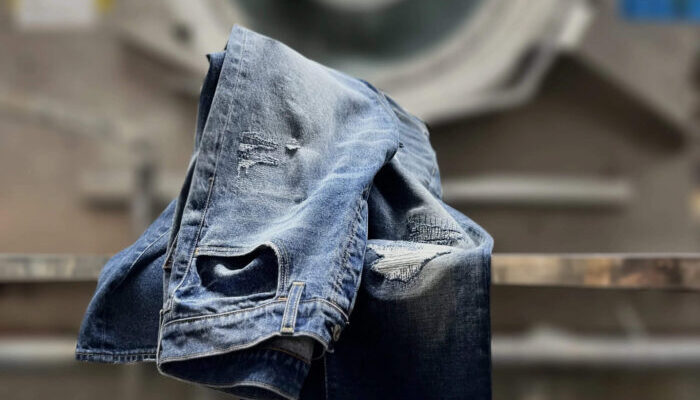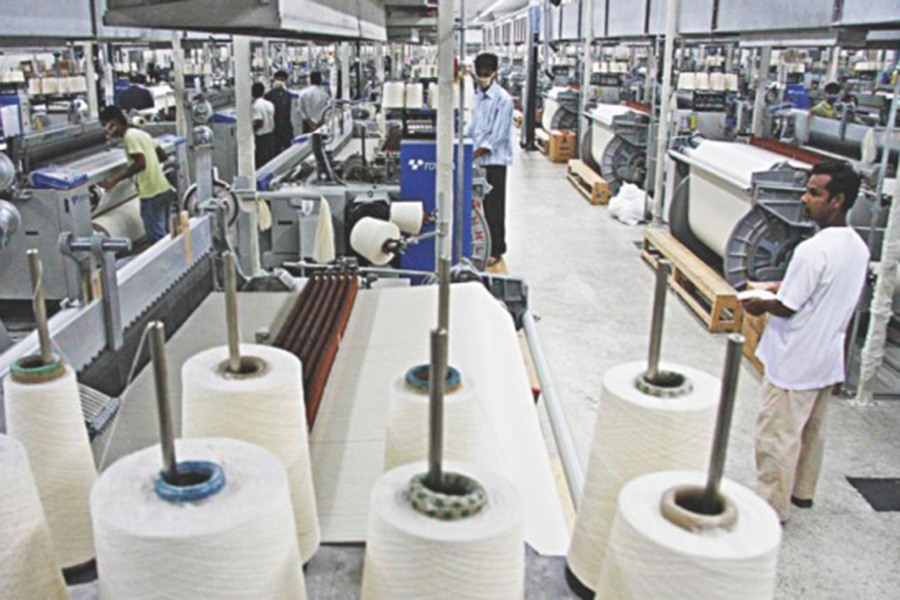Monday, May 10, 2021
Gas heat recovery has become the name of the game for efficiency in the textile and garment industry to remain competitive in business and for a green transformation to save the environment and the next generation.
A majority of the big spinning, dyeing, washing and weaving mills have adopted new heat recovery technologies to utilise waste heat energy from gas burners installed to run the factories.
Previously, the burner exhausts used to be released in the air but now the millers capture it to boil water and run air conditioning and other purposes for which they can save both energy and money.
The waste heat recovery system offers textile industries an economic and green solution to save valuable energy.
The system extracts and reuses waste energy from industrial processes instead of dissipating it into the environment, according to the Partnership for Cleaner Textile (PaCT), a programme led by International Finance Corporation (IFC).
Launched in 2013, the PaCT focuses on reducing the environmental impact and resource consumption of Bangladesh’s textile sector.
The PaCT said more than 338 factories are using the waste heat recovery systems and gas consumption has annually reduced by 1.26 per cent to 12,74,983 cubic metres from 12,91,122 cubic metres.
Industry operators said the recovered heat can be used for onsite power and steam generation and preheat combustion air.
“By using exhaust gas boilers, we have reduced natural gas consumption and increased engine’s overall performance and annual savings of $1.04 million,” said MA Jabbar, managing director of DBL Group, a leading textile and garment group.
The DBL’s 90 MW natural gas engine’s current efficiency is 56 per cent and it is working on the heat recovery to increase it to 61 per cent.
“I regularly review our energy efficiency level every month for further improvement to save the environment and also continuation of production,” said Jabbar, adding that he plans on solar energy accounting for 10 per cent of the group’s power consumption by 2025.
One of the processes involve converting the exhaust fuel into steam which is fed into a turbine to produce electricity, said A Matin Chowdhury, managing director of Malek Spinning Mills.
However, these steam turbines can only convert 35 per cent of the steam into electricity, he said.
Wherever the industry uses captive power units, steam can be additionally generated for various other uses, such as for chillers, dyeing and availing hot water, which would have otherwise required consuming additional gas, he said.
The overall gas consumption in such industries attains efficiencies of 81 per cent to 86 per cent. Where combined cycle power plants are run, the efficiency is higher, at 47 per cent to 52 per cent, Chowdhuy said.
Chowdhury said he has been making savings capturing waste heat energy from gas usage in his three units including Knit Asia, Salek Textile and JM Fabrics at Shafipur in Gazipur.
He produces 50 tonnes of fabrics a day to produce garment items at Knit Asia.
Md Anarul Islam Sarker, deputy general manager for utility and maintenance at Fakir Apparels, operates four natural gas-fired generators to run facilities.
The generators emit large volumes of exhaust gases at high temperatures, which the company is utilising to run boilers and produce steam for garment ironing, dyeing and finishing units.
The waste heat recovery system has significantly reduced the company’s energy and boiler fuel demand by 27,456 kWh/year and 2,595,840 m3/year, respectively.
The factory is said to be enjoying $208,615 in annual savings from waste heat recovery, on which it invested $177,000, Sarker said.
For more information, visit https://www.thedailystar.net/business/news/apparel-adopts-new-tech-go-green-2091221
Featured News

PaCT program manager attends Bharat Tex as panelist
March 6, 2024
Number of LEED certified factories in RMG reaches 202
September 17, 2023

Spearheading sustainable industries
August 6, 2023
IFC organizes Africa-Asia Roadshow in Bangladesh
June 19, 2023


